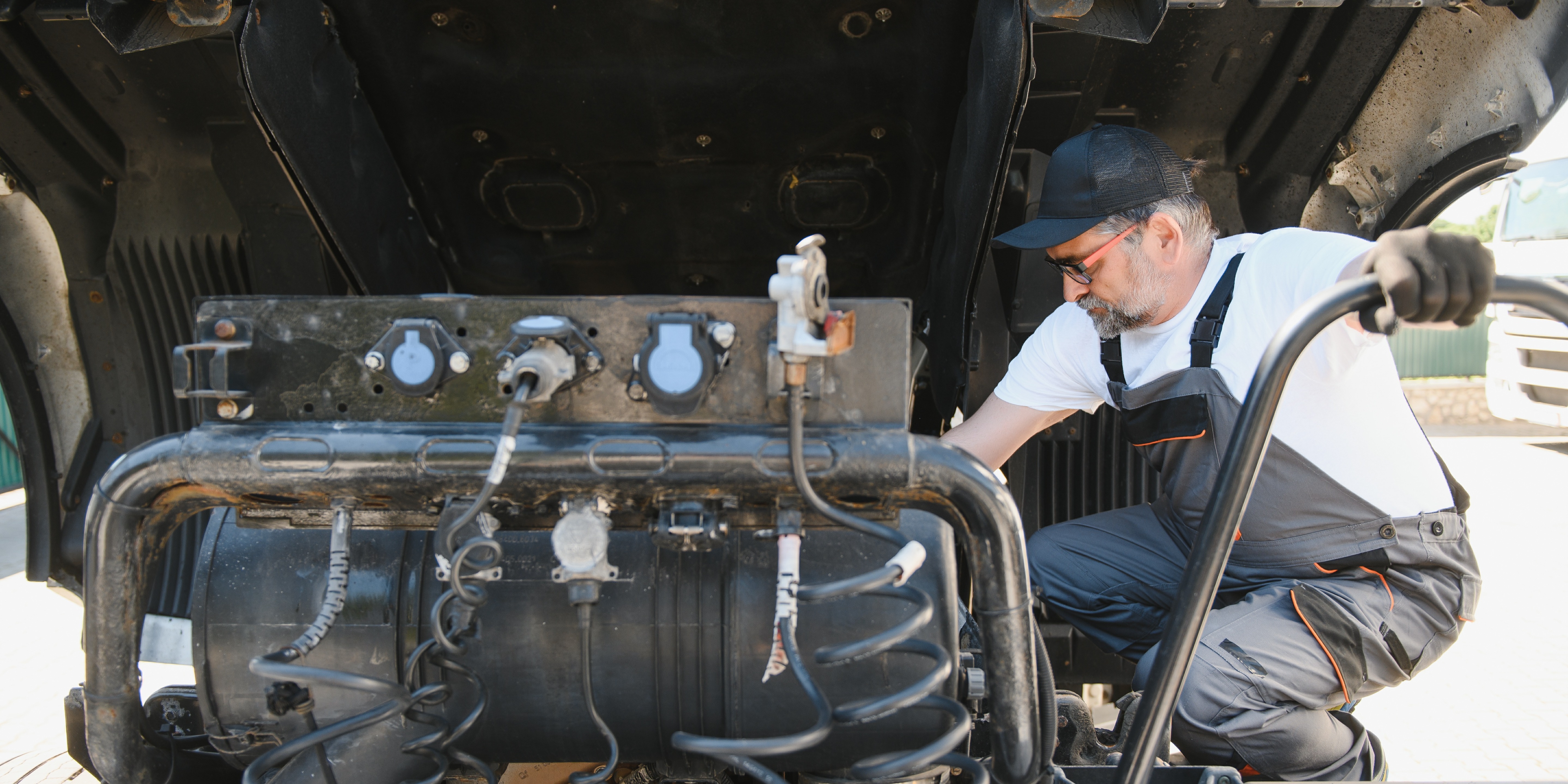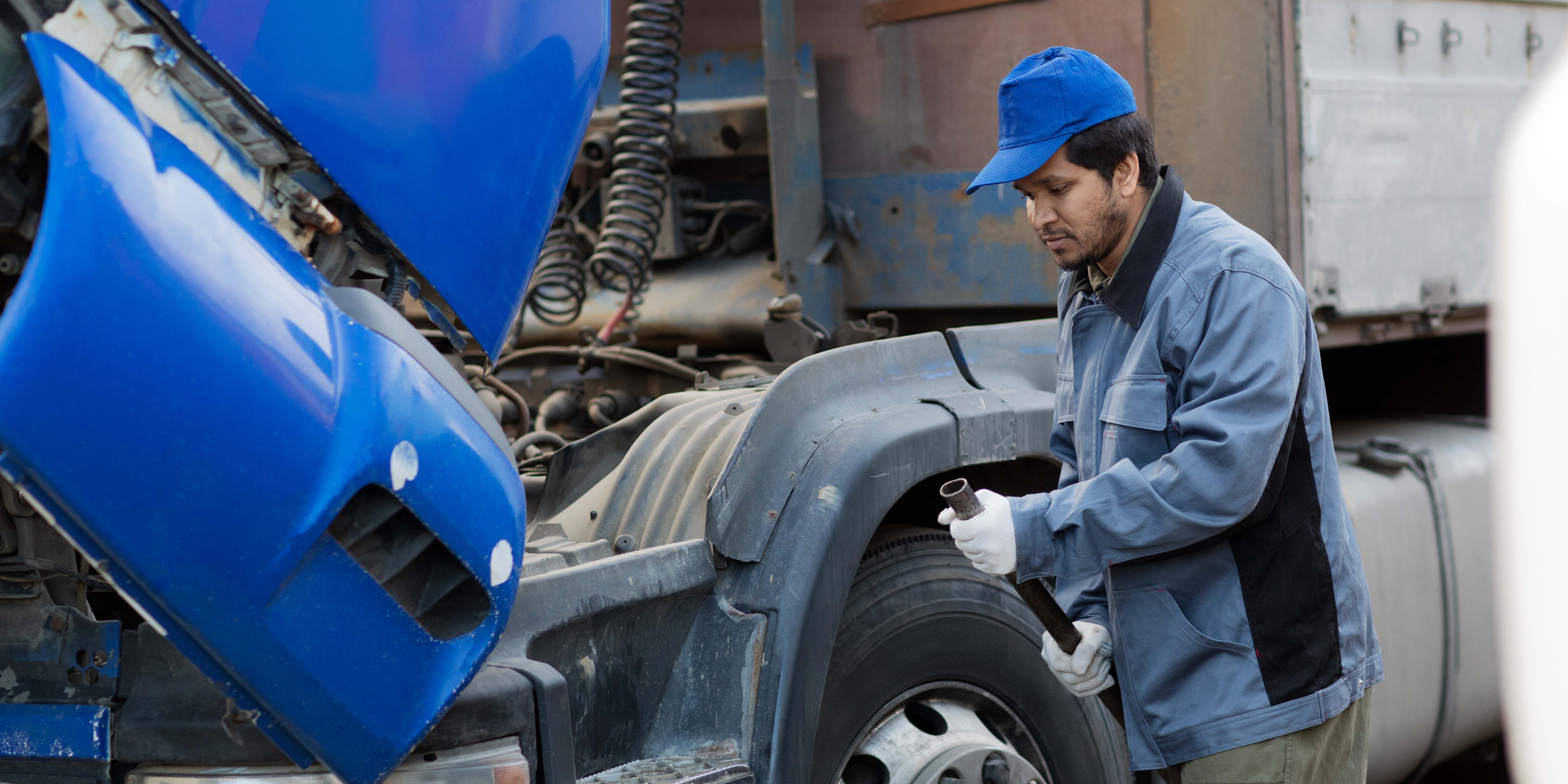
Why Equipment Maintenance Matters for Safety and Uptime in Truck Shops
When it comes to running a profitable, efficient, and OSHA-compliant heavy-duty repair shop, tool and equipment maintenance isn’t optional - it’s mission-critical. Whether you’re servicing Class 8 trucks, construction equipment, or a municipal fleet, the safety and reliability of your lifts, torque wrenches, forklifts, and diagnostic tools directly affect your uptime, technician safety, and bottom line.
At ShopView Inc, we help independent and mid-sized heavy-duty repair shops manage all aspects of shop operations - including equipment maintenance - with smart, purpose-built tools that simplify compliance and reduce costly downtime. In this post, we’ll dive deep into why tool and equipment maintenance is the cornerstone of safety, how to build a maintenance schedule that works, and how the right systems can reclaim profit and productivity.
Why Maintenance Matters: Safety First, Then Everything Else
Every year, over 15,000 lift-related injuries or deaths occur in U.S. repair shops - many of them completely preventable. Whether it’s worn cables on a vehicle lift, failing forklift brakes, or miscalibrated torque wrenches, poor maintenance creates hidden landmines across your shop floor.
OSHA mandates that powered industrial trucks (like forklifts) be in safe operating condition before every use. The Automotive Lift Institute (ALI) requires certified annual inspections of lifts. And torque tools used daily in diesel shops need recalibration every 2,500 to 5,000 uses - more often than you might think.
Ignoring these standards isn’t just dangerous - it’s expensive. Unplanned breakdowns, injury claims, and regulatory fines can cripple a shop’s cash flow. That’s why proper maintenance isn’t just about compliance - it’s about survival and scaling.
A Tiered Approach: Daily, Monthly & Annual Maintenance
Daily: Pre-Use Safety Inspections
Each morning, your techs should complete a quick-but-critical safety check on all lifts and forklifts:
Lift Safety Walkaround:
- Inspect cables, locks, and hydraulic lines
- Test lift controls and safety locks
- Check for visible wear on lift pads
- Report and tag-out damaged units
Forklift Pre-Shift Checks (OSHA Required):
- Tire condition and pressure
- Brakes and steering responsiveness
- Lights, horn, backup alarm
- Hydraulic leaks or fluid levels
- Battery condition (for electric models)
Tool Checks:
- Inspect torque wrenches for damage
- Store torque tools at zero-tension
- Tag out damaged or suspect tools
Pro Tip: Use ShopView’s digital checklists and mobile reminders to ensure every tech logs their inspections before the first job begins.
Monthly to Quarterly: Deeper Servicing
While daily checks catch surface-level issues, deeper service tasks help extend tool life and reduce surprise breakdowns.
Monthly/Quarterly Lift PM Tasks:
- Lubricate moving parts (chains, screws, bushings)
- Test limit switches and electrical components
- Clean lift arms and inspect anchor bolts
- Confirm operation matches OEM specs
Forklift PM Tasks (Per Manufacturer Guidelines):
- Oil and filter changes
- Battery water and charge testing
- Hydraulic hose inspection
- Brake system adjustment
- Replace worn tires (to prevent tip-overs)
Tool & Equipment Maintenance:
- Clean and store torque tools in dry, padded environments
- Log torque wrench use to track calibration cycles
- Replace any tools with corrosion, cracks, or drift
Annually: Certified Inspections & Calibration
Certain tools and equipment require annual inspections or third-party certification by law or best practice.
Annual Lift Inspections (ANSI/ALI Standards):
- Must be performed by an ALI-certified lift inspector
- Covers structural integrity, safety locks, load testing
- Generates official inspection records for OSHA audits
Torque Wrench Calibration (ISO Standards):
- Calibrate every 12 months or every 2,500–5,000 uses
- Heavy-use diesel shops may need bi-annual checks
- Keep certificates on file for documentation
ROI: From Shop Safety to Real Profit Gains
The case for equipment maintenance doesn’t stop at avoiding disasters - it directly improves shop profitability.
Here’s how:
- Reduced Downtime: Every unplanned lift failure can cost $760+ per bay per day in lost revenue.
- Improved Uptime: Shops with disciplined PM saw “unscheduled lift downtime drop to near zero.”
- More Jobs per Bay: Fewer interruptions mean more throughput - and more profit.
- Extended Equipment Life: Forklifts with regular PM live longer and fail less often.
- Fewer Warranty Denials: OEMs require proof of routine maintenance for warranty claims.
- Lower Insurance Costs: Insurers may reduce premiums for shops with proven safety practices.
According to HD Repair Forum, inefficient shops lose $35,000 in profit per bay, per year. A structured maintenance regimen helps reclaim that lost revenue.
Compliance = Protection from Fines & Liability
OSHA citations are not small. Under the General Duty Clause, failing to repair known issues or keep records can lead to fines, shutdowns, or worse.
Smart compliance means:
- Keeping daily, monthly, and annual logs (digitally is best)
- Recording tool calibrations and PM completions
- Having records instantly accessible during audits
ShopView's compliance toolkit simplifies all of this:
- Custom inspection checklists
- Technician signatures and time-stamping
- Alerts for overdue tasks
- Secure cloud-based record storage
Inventory & Parts Tracking: Stay Ahead of Failure
Preventive maintenance only works if you have the right parts before something breaks. That’s why smart shops now:
- Track wear-prone parts like cables, hoses, filters, and seals
- Maintain a small cache of fast-moving consumables
- Use software (like ShopView) to auto-flag reorder points
Quick Tip: Sync your PM schedule with your parts inventory to ensure no delay when a job needs fast attention.
Dealer vs. Independent Shops: Maintenance is Your Edge
Many fleets are ditching OEM dealers for faster, more affordable aftermarket service. Why?
- Lower Costs: Independents charge $90–$120/hr vs. $180+ at dealers
- Faster Turnaround: Dealers add diagnostic delays and SOP bottlenecks
- Better Relationships: Independent shops know owner-operators by name
To compete and win, you need reliability - which starts with tool and equipment maintenance. A shop with no lift downtime and fully-calibrated torque tools finishes jobs faster, earns customer trust, and keeps rigs rolling.
How ShopView Helps
With ShopView, heavy-duty shops get purpose-built features to handle all maintenance tasks in one place:
- Maintenance Scheduling: Automate inspections, PM tasks, and calibration alerts
- Mobile Checklists: Daily lift/forklift inspections with tech sign-offs
- Tool Tracking: Calibration logs, torque cycles, and digital tagging
- Parts & Inventory Integration: Link PM schedules to parts usage
- Compliance Toolkit: Be audit-ready with recordkeeping that satisfies OSHA and insurance carriers
Ready to Eliminate Downtime and Reclaim Bay Profit?
If your lifts, tools, and forklifts aren’t being inspected daily, tracked monthly, and logged annually - you’re leaving jobs, safety, and serious money on the table.
ShopView gives diesel and heavy-duty repair shops the tools to fix that - fast.
✔️ Schedule and automate lift inspections
✔️ Track torque tool calibration cycles
✔️ Monitor parts inventory before it breaks
✔️ Be 100% ready for OSHA and DOT audits
Ready to run a safer, more profitable shop?
👉 Start a Free Trial of ShopView
👉 Book a Personalized Demo and see how top shops do it
Conclusion:
For heavy-duty repair shops, tool and equipment maintenance is not just about avoiding accidents - it’s about running a smarter, faster, and more profitable business. With a proactive maintenance culture and the right tools to manage it, your shop can outpace the competition, protect your team, and drive stronger margins - bay by bay.
Let ShopView help you get there.
.png?width=1500&height=1500&name=11%20(1).png)








.png?width=1500&height=1500&name=1%20(1).png)

%20-%20Copy.png?width=1500&height=1500&name=2%20(1)%20-%20Copy.png)



